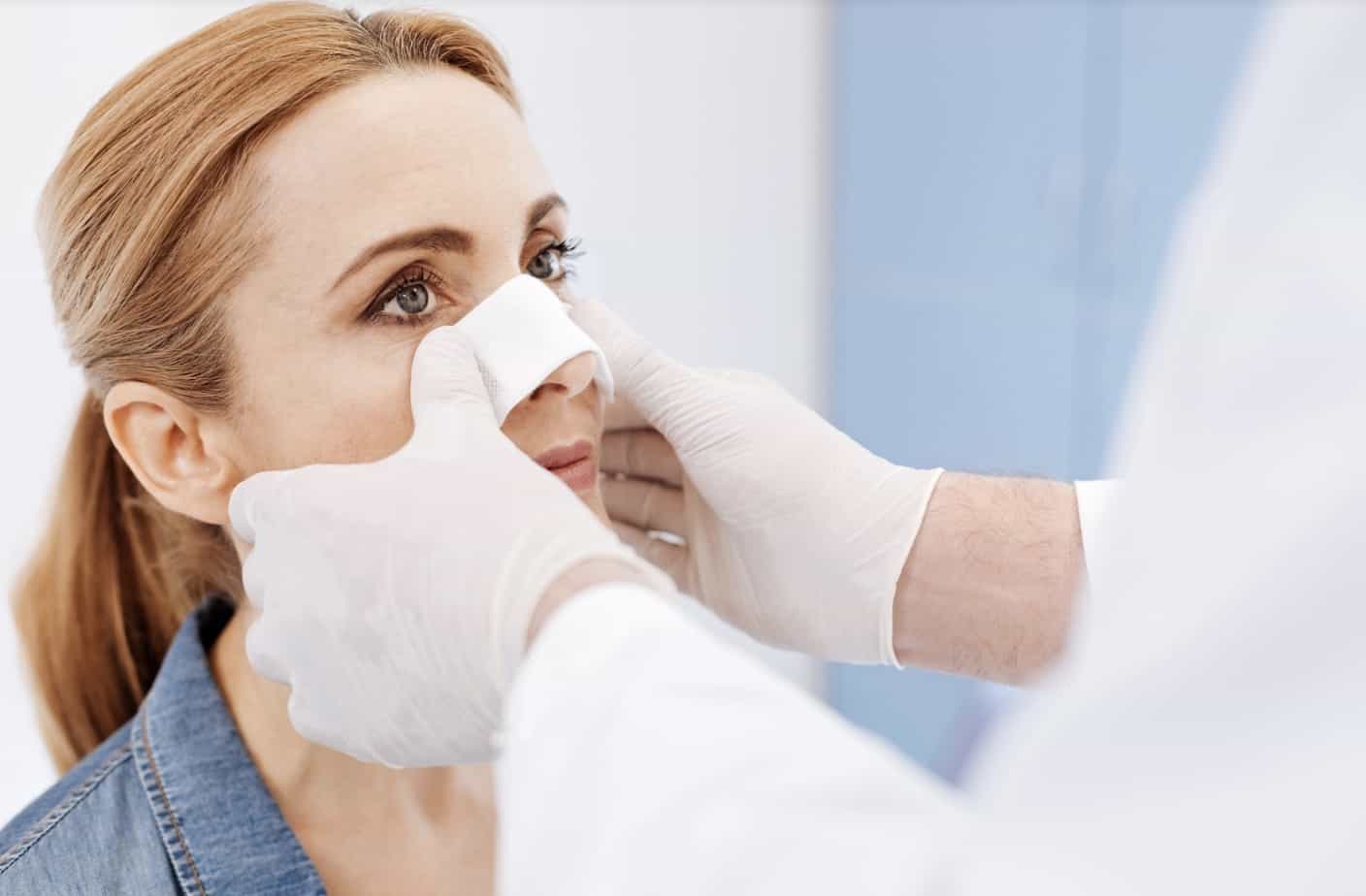One of the most popular kinds of surgeries available today is plastic surgery. Many people today are interested in going under the knife to enhance the way they look or to change the way that they feel about themselves. As plastic surgeries become more popular, so does the amount of research that goes into the results that people receive. Before plastic surgeries became more accessible and popular today, it didn’t have an easy past. In this article, you’ll be exploring how plastic surgery has changed over the years.
The First Plastic Surgery in the World
As early as 800 B.C.E., Indian physicians utilized the skin graft technique for reconstructive surgery—this is where the journey of plastic surgery started. The first documented plastic surgery occurred in 1895 with a breast augmentation procedure. Then, plastic surgeons focused on injectable implants that contained vegetable oil, beeswax, and paraffin.
1940s–1950s: The Basics of Hand and Facial Reconstruction
World War II caused heavy damage to both civilians and soldiers, particularly from trauma to the face and from burns. This led to the American military establishing several plastic surgery centers in the United States. Surgeons studied and experimented with hand reconstruction, which led to the innovative hand reconstruction procedures used today.
Reconstructive surgery was then studied more extensively in the 1950s. Reconstructive surgery is a medical specialty in which a part of the body is reconstructed using artificial means and prosthetics. Reconstructive surgeries are classified into two major categories: plastic surgery and reconstructive surgery. Cosmetic reconstructive plastic surgery involves the repair of the external appearance of a person, including their physical features. Cosmetic reconstructive plastic surgery generally involves the treatment for congenital birth defects. In general, reconstructive plastic surgery is used to replace or restore a damaged or disfigured part of the body such as a facial skin graft, limb amputation, reconstructive ear surgery, facial reconstruction, breast reconstruction, body contouring and reduction, etc.
Plastic surgeons concentrated their work on reconstructing the faces of individuals with facial deformities but, due to less advanced technology, the surgeries left recognizable scars.
1960s: Introduction to Enhanced Breast Implants
Entering the 1960s, breast implants advanced beyond vegetable oil injectables. These implants included three options: silicone, saline, and gummy implants. During this time, not all women were happy with the results of their breast implants, but didn’t have many options for fixing them.
Looking at today’s breast implantation procedures, they have drastically improved. According to Dr. Tracy Pfeifer in NYC, who specializes in breast practice, it’s important to deal not only with the physical aspects of fixing a faulty implant, but also the emotional aspects of it. In this way, women bring more confidence to themselves today, which will be elaborated more so later.
Plastic Surgeries Today

By the time the 2000s rolled around, more facial surgery opportunities and technologies became available. For instance, minimally invasive procedures were developed to reduce the recovery time of patients and lessen their chances of scarring, such as facials, fillers, nonsurgical fat reduction, and the like.
Compared to obvious results in plastic surgeries before, today’s procedures show less recognizable outcomes. For example, saline implants before were very obvious as they have a round, hard look that becomes more pronounced when overfilled. Today, silicone gel implants are available, which look softer and more natural.
Furthermore, facial and body contouring was introduced, which helped people stay away from more costly, serious, and time-consuming procedures. Despite a busy week, you can still receive quick cosmetic procedures popularly known as “lunchtime procedures,” which target skin aging. As the name implies, lunchtime procedures are cosmetic procedures that can be compressed into your typical daily schedule as they only take 30 minutes to an hour to finish. One of the biggest factors that contributed to the innovation of lunchtime procedures is that most clients are working people. Aside from short treatment sessions, the side effects of these procedures are less of an inconvenience, so patients can recover with ease while resuming their day. Some examples of aesthetic lunchtime procedures today are:
- Dermal fillers
- Botox injections
- Microdermabrasion
- Light chemical peels
- Wrinkle injections and fillers
- Photorejuvenation
Bottom Line
Throughout their history, plastic and cosmetic surgeries focused on procedures that fixed natural irregularities and accidents, and a huge factor that might affected this is how people in the past viewed plastic surgeries differently. Today, society welcomes plastic surgeries for aesthetic or cosmetic implications as well as reconstructive ones, and plastic surgery still has a bright future ahead.

